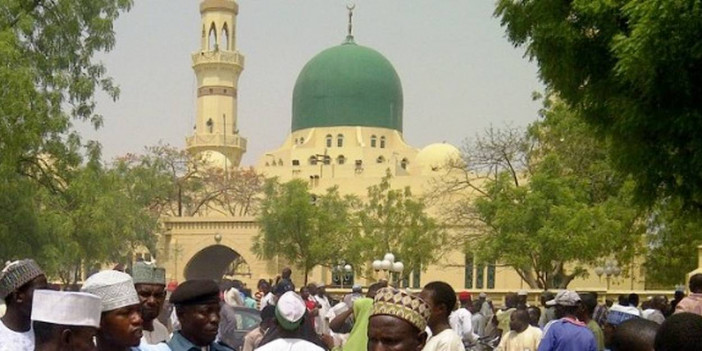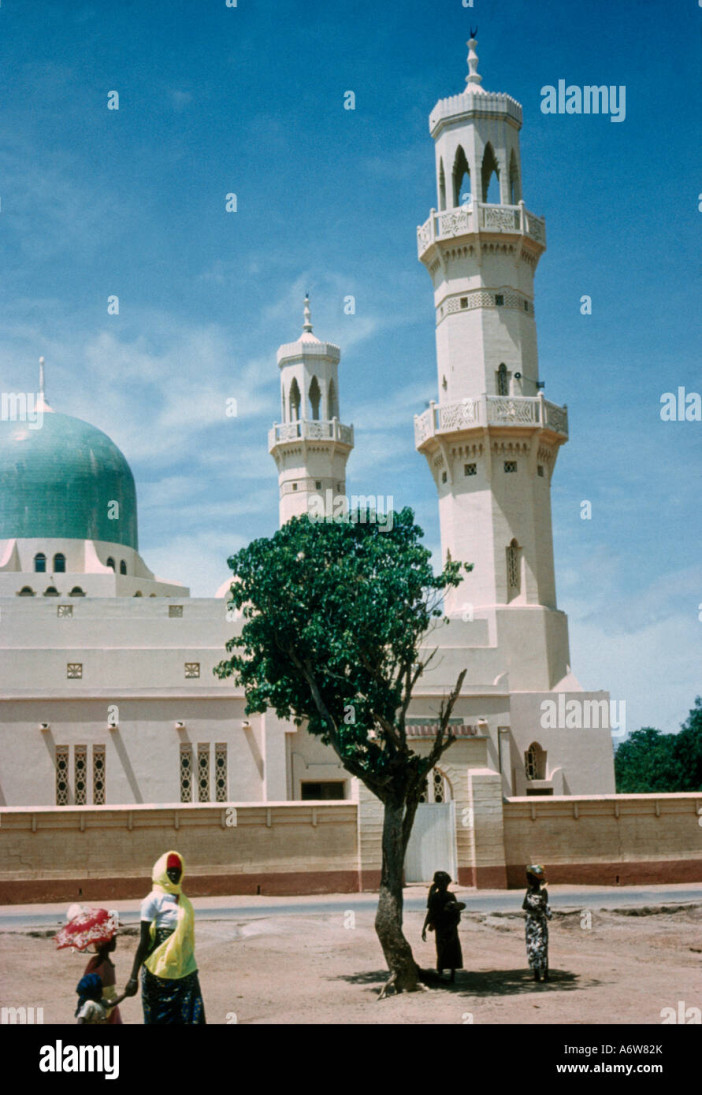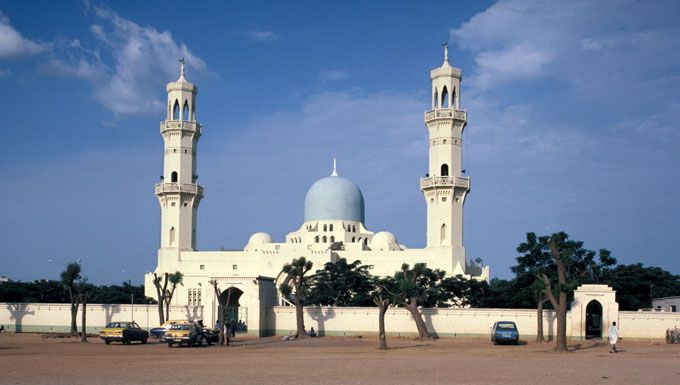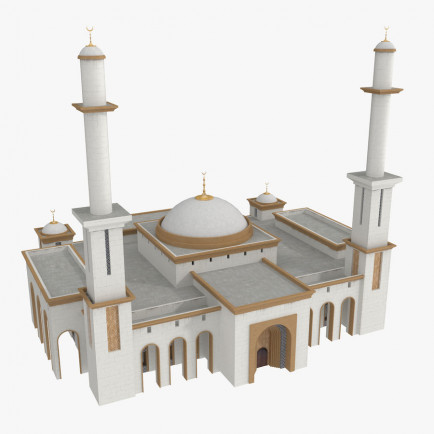The Great Mosque of Kano
History
The Kano Grand Mosque is an Islamic shrine in the city of Kano in the northern Republic of Nigeria. The current building was built in 1963 with British funds to replace the old 15th century mosque demolished in the 1950s. The new mosque is inspired by Middle Eastern architecture, incorporating two slender minarets and a cupola central.
The city's first mosque was built at the end of the 14th century by order of the Emir Sarkin Muhammad Rumfa and at the instigation of the Muslim missionary Cabd al-Rahman al-Qasri, originally from Morocco.
The mosque was rebuilt on a different site in 1582 at the instigation of Muhammad Zaki, then was partially taken over in the second half of the 19th century by Abdullahi dan Dabo. The sanctuary was destroyed in the 1950s before being replaced ten years later by the current mosque, which retains no trace of indigenous influence.
Urban and Architectural
Built in raw earth, it was clearly distinguished from Arab architecture and consisted of a quadrangular prayer hall in the shape of a tower rising to a height of almost twenty meters.
Description
References
https://fr.wikipedia.org/wiki/Grande_Mosqu%C3%A9e_de_Kano
https://www.wander.am/travel/kano-92247/places/great-mosque-of-kano-182275.fr.html
Details
Location
2G7J+22F, Kano Mununcipal, Kano, Nigeria
Worshippers
1500
Owners
Muhammad Zaki and Abdullahi dan Dabo
Year of Build
1963
Area
2500
Drawings
Map
History
The Kano Grand Mosque is an Islamic shrine in the city of Kano in the northern Republic of Nigeria. The current building was built in 1963 with British funds to replace the old 15th century mosque demolished in the 1950s. The new mosque is inspired by Middle Eastern architecture, incorporating two slender minarets and a cupola central.
The city's first mosque was built at the end of the 14th century by order of the Emir Sarkin Muhammad Rumfa and at the instigation of the Muslim missionary Cabd al-Rahman al-Qasri, originally from Morocco.
The mosque was rebuilt on a different site in 1582 at the instigation of Muhammad Zaki, then was partially taken over in the second half of the 19th century by Abdullahi dan Dabo. The sanctuary was destroyed in the 1950s before being replaced ten years later by the current mosque, which retains no trace of indigenous influence.
Urban and Architectural
Built in raw earth, it was clearly distinguished from Arab architecture and consisted of a quadrangular prayer hall in the shape of a tower rising to a height of almost twenty meters.
Description








